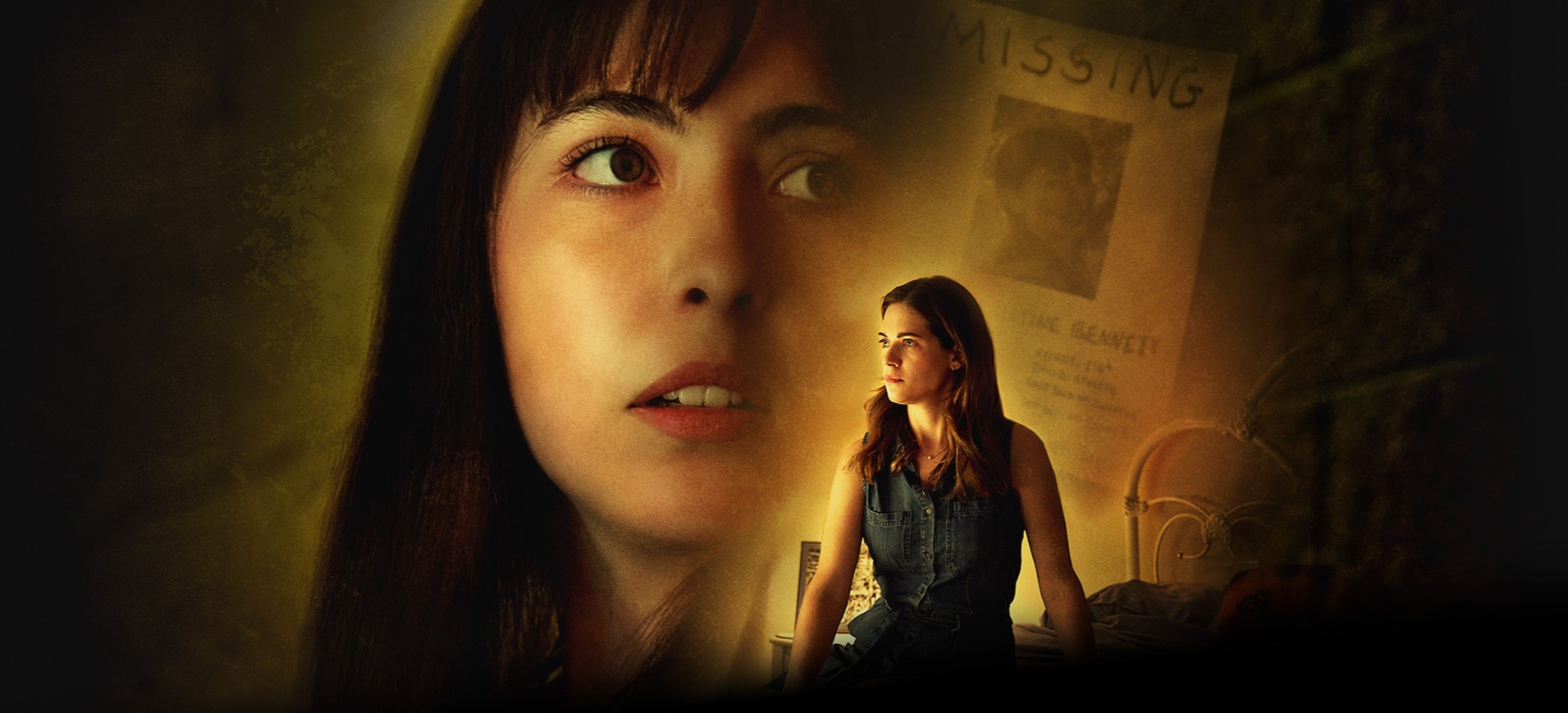With director Simone Stock at the helm, ‘The Girl Who Wasn’t Dead’ centers on the case of a teen girl seemingly vanishing into thin air, only to appear completely unharmed years later. Carrie is horrified when her daughter, Erica, doesn’t come home, and the police think that a serial killer may have targeted her. Carrie suspects that Andrew, a 21-year-old who is in love with her, had something to do with her disappearance. After four years of police searches, court proceedings, and mourning, Erica dramatically reappears in the middle of her own murder trial. She had not been abducted but willingly ran away from home and lived close by with her boyfriend, Andrew. The Lifetime mystery film narrates an unbelievable story of teenage rebellion, reprehension, and family dysfunction, raising questions about its tag of being inspired by true events.
The Girl Who Wasn’t Dead is Likely Inspired by the True Story of Natasha Ryan
Written by Yuri Baranovsky and Angela Gulner as an original film, ‘The Girl Who Wasn’t Dead’ is very likely inspired by one of the most notorious cases of missing persons in Australia. In August 1998, 14-year-old Natasha Ryan was dropped off at school by her mother and reported missing when she was nowhere to be found. At the time, in Rockhampton, Queensland, serial killer Leonard John Fraser had been targeting a number of women in the area. This led the police to suspect that she may have been abducted by the murderer. Regardless, the police and the community kept searching in vain until a shocking admission was made. Leonard John Fraser pled guilty to the murder of Natasha Ryan. Natasha’s family was horrified and held a memorial service for the teen on her 17th birthday.

However, in April 2003, the police were tipped off about Natasha’s location and came to learn that she may be with her 22-year-old boyfriend, Scott Black. Upon raiding his home, they found the girl, who had been missing for almost five years, hiding in a bedroom cupboard (wardrobe). At the time, Leonard John Fraser’s murder trial was in session, and the girl’s family was in attendance. In a dramatic turn of events, police prosecutor Paul Rutledge drew everyone’s attention and made an important announcement. Fraser was not guilty of the murder of Natasha Ryan, as she was very much alive. Hearing the news, her father reportedly almost collapsed.
Scott Black, her milkman boyfriend, had been sheltering Natasha for nearly five years, not too far away from her own home. She was in good health and just a little pale since she didn’t get much sunlight hiding at the house. The only time she would leave the house was when Black took her to the beach at night. Black had also been lying to the police, leading them on a wild goose chase, which cost the over $400,000. Scott Black was convicted of perjury and sentenced to three years in jail and charged a $16,000 fine. Natasha was fined $1,000 for her involvement. Interestingly, months prior to her disappearance, Natasha had already run away from home once, only to be found two days later by the police with her boyfriend, Scott Black.
Similarities to Natasha Ryan’s Case
Upon being questioned about running away, Natasha Ryan said that no reason she could give was good enough for the pain that she had caused her family. She also said that she felt free after being caught. Scott Black was released from prison after one year, and eventually married Natasha Ryan. She became famous in Australia as the “Girl in the Cupboard,” and eventually started referring to herself as Tasha Black. She passed away in June 2024 at the age of 40 as a nurse and a beloved mother of four.

There are many parallels to be drawn between the real-life case and the one seen in ‘The Girl Who Wasn’t Dead.’ Both Erica and Natasha ran away with their boyfriend and remained missing for over four years, hiding close to their home. Similar to the actual case, the news of Erica being alive is announced to the family at her murder trial, although the film cranks up the drama further by having her physically appear there as well. The boyfriend lies to the police in both instances and is later punished for it. Given the extensive similarities between them, we can conclude with reasonable certainty that Lifetime’s ‘The Girl Who Wasn’t Dead’ is inspired by the missing persons case of Natasha Ryan.
Read More: The Book Club Murders: Is the Lifetime Movie Based on a True Story?


